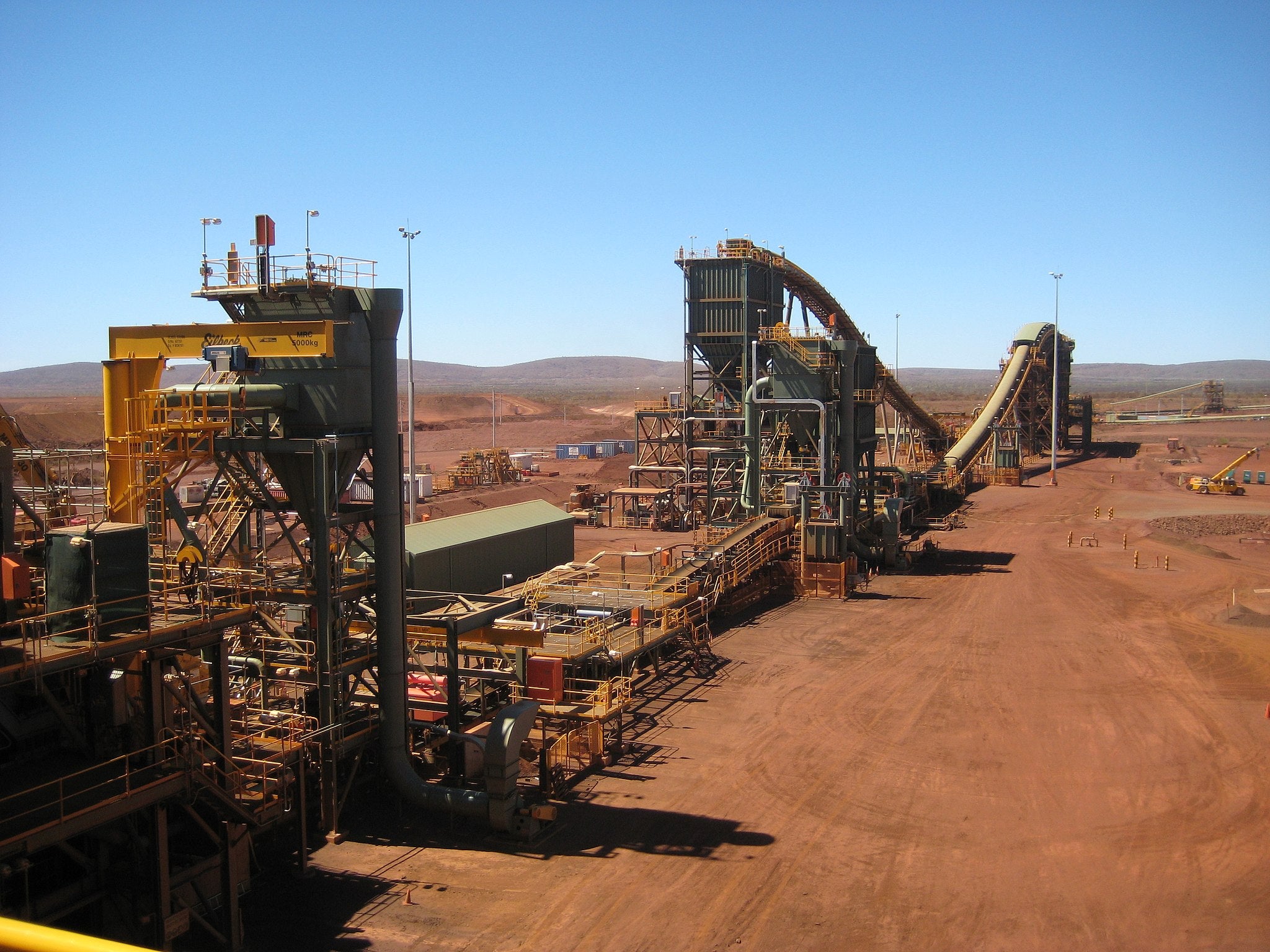
WA senator Pat Dodson accused Rio Tinto of “incremental genocide” due to its behaviour before the destruction of Juukan Gorge. In May 2020, Rio Tinto used dynamite to destroy a 46,000-year-old heritage site as part of its iron ore expansion work in the Pilbara region of Western Australia. Ancient relics found in the caves had genetic links to the present-day traditional owners, the Puutu Kunti Kurrama and Pinikura (PKKP) peoples.
The criticism from senator Dodson came following a day of testimony from Rio Tinto executives, during which the company admitted to a slew of errors concerning the destruction of Juukan Gorge. It was just the second appearance at the inquiry from the three executives – CEO Jean-Sébastien Jacques, iron ore chief executive Chris Salisbury, and corporate affairs executive Simone Niven – who have all resigned from their positions since last appearing at the inquiry, with Jacques remaining in post until a successor is found.
An avoidable disaster
In August, the inquiry learned that Rio Tinto had reviewed four possible options for the expansion project across 2012 and 2013 – three of which would have left the Juukan Gorge caves untouched.
“The difference between option four and the other three options was eight million tonnes of high-grade iron ore,” Jacques told the inquiry. “The economic value was around AUD135m of net value at the time of the decision.”
The PKKP peoples were never informed that Rio Tinto had other options for expansion that would preserve their heritage site. When asked, Jacques said: “The PKKP was not made aware that four options were available in 2012-2013, and at the relevant meeting in 2013 only one option was presented to the PKKP.”
The traditional owners had signed a series of agreements with Rio Tinto dating back to 2006, which included a clause that the owners would not oppose Rio Tinto’s Section 18 applications – applications filed to obtain government consent for the destruction of Aboriginal sites – provided the mining company made “all reasonable endeavours” to minimise impact to the Aboriginal sites. Anger from the PKKP people at the destruction has only been made more visceral following the revelation that Rio Tinto unnecessarily destroyed the caves in pursuit of profit.
Rio Tinto holds a further 1,780 Section 18 approvals
The inquiry heard last week that Rio Tinto still holds 1,780 approvals to destroy Aboriginal heritage sites in the Pilbara. The scale of approvals the company holds has drawn renewed attention to Australia’s Aboriginal Heritage Act 1972, which has previously been criticised as an outdated piece of legislation even by the standards of the time it was written into law.
It is an offence under Section 17 of the Act to excavate, destroy, damage, conceal, or in any way alter an Aboriginal site. However, where a landowner may breach Section 17 for any Aboriginal sites on their land, they may apply for consent under Section 18 of the act – known as Section 18 approval. This consent removes any criminality from breaching Section 17 of the Act.
Rio Tinto’s 1,780 approvals remain valid while that legislation is being reviewed in light of the inquiry. Rio Tinto has also committed to reviewing every approval for its potential impact, working in conjunction with traditional owners.
Another mining major BHP had already pledged to review the 57 approvals it held in the Pilbara and told the inquiry in September that it would save ten of the sites for which the company had been granted approval to destroy.
Fortescue in the firing line
Chair of the inquiry Warren Entsch told Guardian Australia this week that Fortescue Metals Group should appear at the inquiry to give testimony in light of two days of “quite damning” evidence from traditional owners regarding the company’s work in the Pilbara.
Entsch said the federal joint standing committee on northern Australia had reached out to Fortescue and was awaiting a response.
Fortescue is allegedly withholding AUD1.9m in royalty payments from the Wintawari Guruma Aboriginal Corporation (WGAC). The Aboriginal peoples allege that the royalties are being withheld because the WGAC have been asking about Fortescue’s plans for nine mining leases that cover sacred lands.
“We have asked FMG to reconsider their position and they have advised us that they will only pay the royalties when we sign off on the mining leases,” WGAC representative Jocelyn Hicks told the committee.
Responding to the allegation, Fortescue chief executive Elizabeth Gaines said: “We are committed to open and transparent engagement to facilitate the outstanding royalty payment, in accordance with the contractual agreement and the obligations of both parties.”



